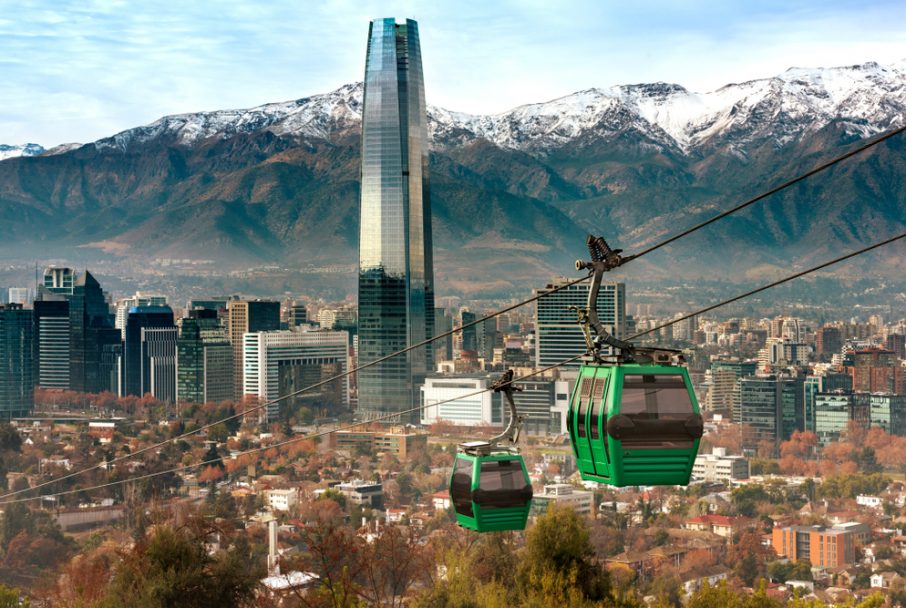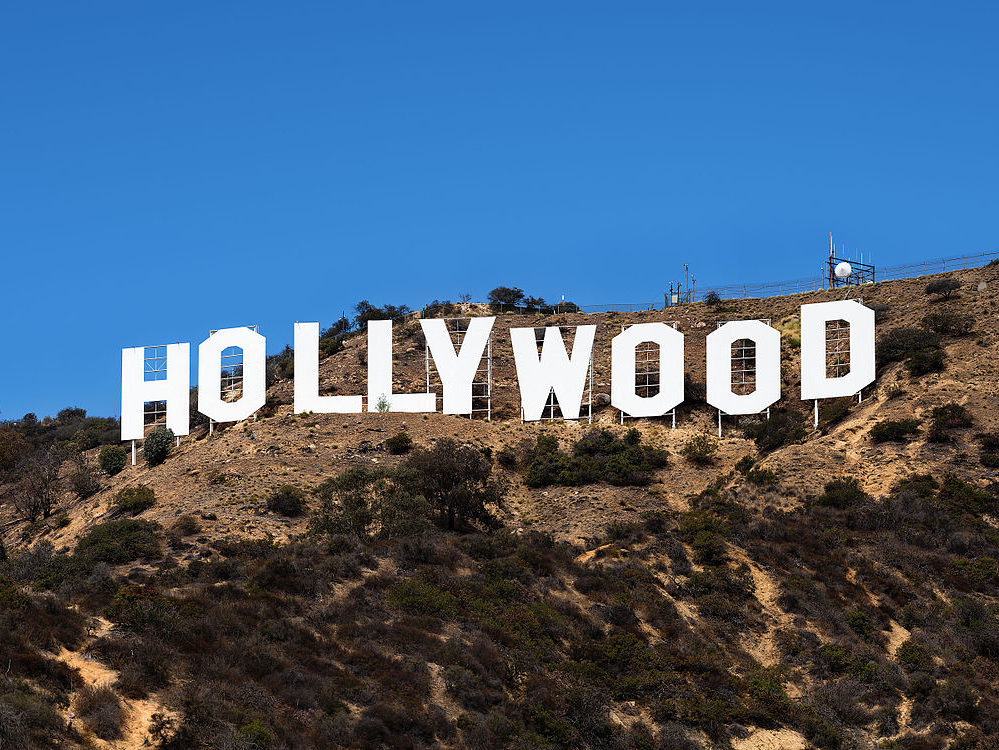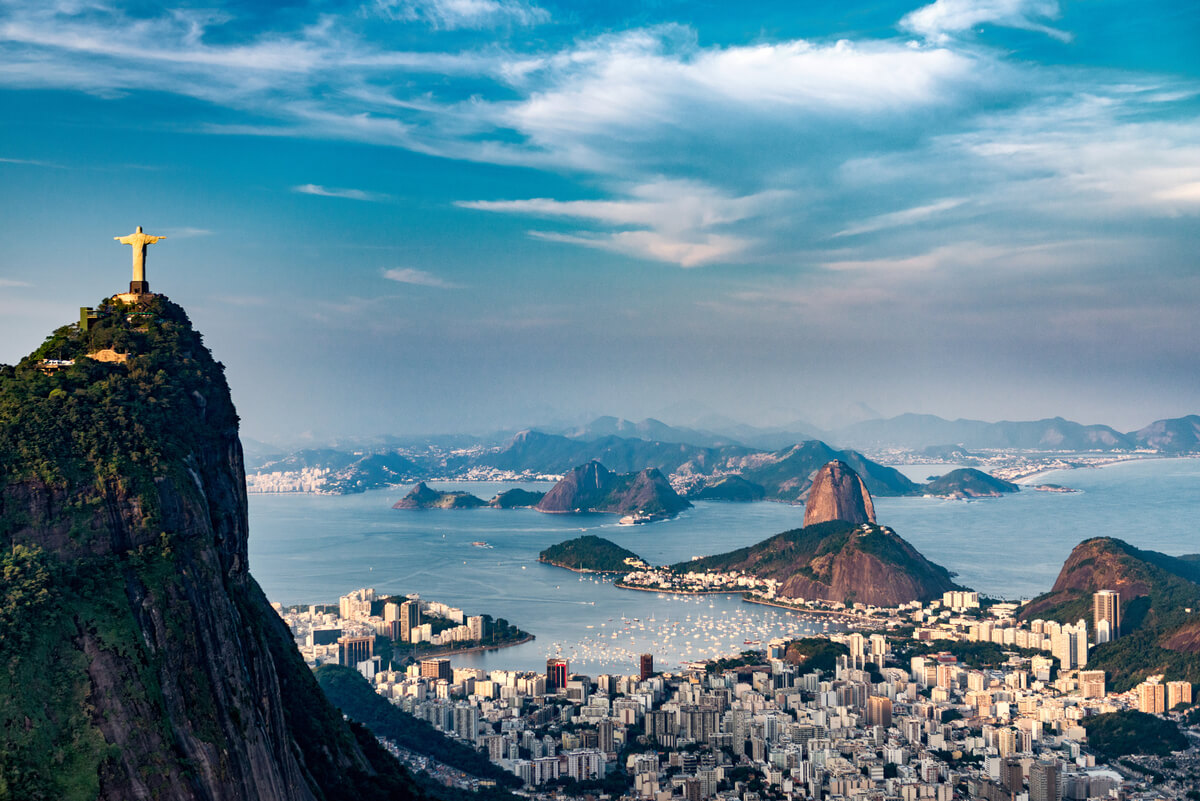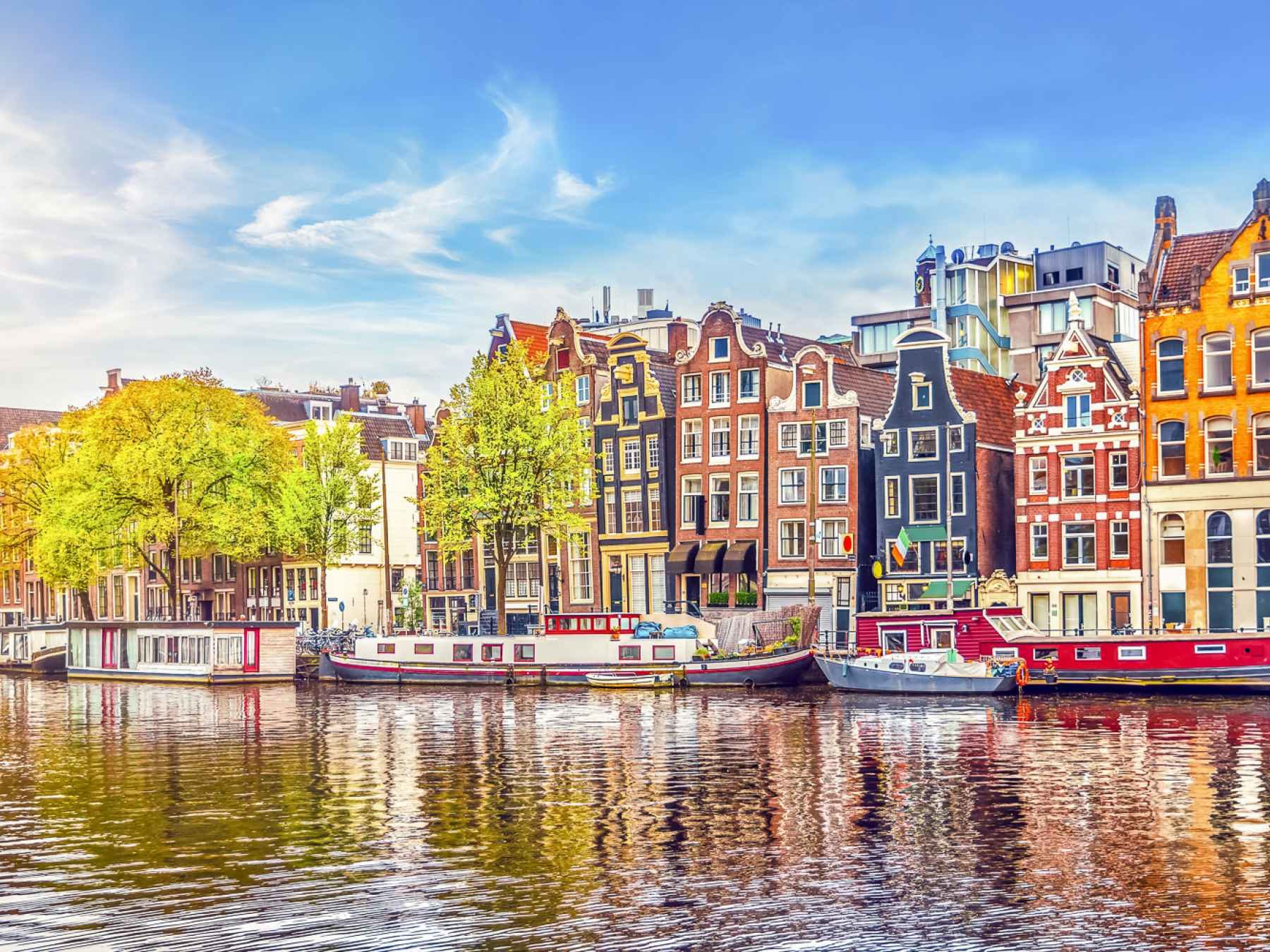Sidney
sydney is the most populous city and capital city of the state of New South Wales, Australia and Oceania. Located on Australia’s east coast, the metropolis surrounds Port Jackson and extends about 70 km (43.5 mi) on its periphery towards the Blue Mountains to the west, Hawkesbury to the north, the Royal National Park to the south and Macarthur to the south-west. Sydney is made up of 658 suburbs, spread across 33 local government areas. Residents of the city are known as “Sydneysiders”. As of June 2020, Sydney’s estimated metropolitan population was 5,367,206, meaning the city is home to approximately 66% of the state’s population. Nicknames of the city include the ‘Emerald City’ and the ‘Harbour City’.
Indigenous Australians have inhabited the Sydney area for at least 30,000 years, and thousands of Aboriginal engravings remain throughout the region. During his first Pacific voyage in 1770, Lieutenant James Cook and his crew became the first Europeans to chart the eastern coast of Australia, making landfall at Botany Bay. In 1788, the First Fleet of convicts, led by Arthur Phillip, founded Sydney as a British penal colony, the first European settlement in Australia. After World War II, it experienced mass migration and became one of the most multicultural cities in the world. Furthermore, 45.4% of the population reported having been born overseas, and the city has the third-largest foreign-born population of any city in the world after London and New York City.
Despite being one of the most expensive cities in the world, Sydney frequently ranks in the top ten most liveable cities in the world. It is classified as an Alpha global city by the Globalization and World Cities Research Network, indicating its influence in the region and throughout the world. Ranked eleventh in the world for economic opportunity, Sydney has an advanced market economy with strengths in finance, manufacturing and tourism. Established in 1850, the University of Sydney was Australia’s first university and is regarded as one of the world’s leading universities.
Sydney has hosted major international sporting events such as the 2000 Summer Olympics. The city is among the top fifteen most-visited cities in the world, with millions of tourists coming each year to see the city’s landmarks. Boasting over 1,000,000 ha (2,500,000 acres) of nature reserves and parks, its notable natural features include Sydney Harbour and Royal National Park. Built attractions such as the Sydney Harbour Bridge and the World Heritage-listed Sydney Opera House are also well known to international visitors. The main passenger airport serving the metropolitan area is Kingsford Smith Airport, one of the world’s oldest continually operating airports.
Geography
Sydney is a coastal basin with the Tasman Sea to the east, the Blue Mountains to the west, the Hawkesbury River to the north, and the Woronora Plateau to the south. The inner city measures 25 km2 (10 sq mi), the Greater Sydney region covers 12,367 km2 (4,775 sq mi), and the city’s urban area is 1,687 km2 (651 sq mi) in size. Greater Sydney’s boundaries stretch 88 kilometres (55 mi) from Palm Beach in the north to Waterfall in the south, and 70 kilometres (43 mi) from Bondi Beach in the east to Emu Plains in the west.
Sydney spans two geographic regions. The Cumberland Plain lies to the south and west of the Harbour and is relatively flat. The Hornsby Plateau is located to the north and is dissected by steep valleys. The flat areas of the south were the first to be developed as the city grew. It was not until the construction of the Sydney Harbour Bridge that the northern reaches of the coast became more heavily populated. Seventy surf beaches can be found along its coastline with Bondi Beach being one of the most famous.
The Nepean River wraps around the western edge of the city and becomes the Hawkesbury River before reaching Broken Bay. Most of Sydney’s water storages can be found on tributaries of the Nepean River. The Parramatta River is mostly industrial and drains a large area of Sydney’s western suburbs into Port Jackson. The southern parts of the city are drained by the Georges River and the Cooks River into Botany Bay.
According to calculations by the Senseable City Lab at the Massachusetts Institute of Technology (MIT), 25.9% of Sydney is covered by trees, making it the third largest city in the world with the most trees after Singapore and Oslo, respectively, tying with Vancouver.
Parks and open spaces
The Anzac War Memorial in Hyde Park is a public memorial dedicated to the achievement of the Australian Imperial Force of World War I.
The Royal Botanic Garden is the most iconic green space in the Sydney region, hosting both scientific and leisure activities. There are 15 separate parks under the administration of the City of Sydney. Parks within the city centre include Hyde Park, The Domain and Prince Alfred Park.
The Centennial Parklands is the largest park in the City of Sydney, comprising 189 ha (470 acres).
The inner suburbs include Centennial Park and Moore Park in the east (both within the City of Sydney local government area), while the outer suburbs contain Sydney Park and Royal National Park in the south, Ku-ring-gai Chase National Park in the north, and Western Sydney Parklands in the west, which is one of the largest urban parks in the world. The Royal National Park was proclaimed on 26 April 1879 and with 13,200 ha (51 sq mi) is the second oldest national park in the world.
Hyde Park is the oldest parkland in the country. The largest park in the Sydney metropolitan area is Ku-ring-gai Chase National Park, established in 1894 with an area of 15,400 ha (59 sq mi). It is regarded for its well-preserved records of indigenous habitation and more than 800 rock engravings, cave drawings and middens have been located in the park.
The area now known as The Domain was set aside by Governor Arthur Phillip in 1788 as his private reserve. Under the orders of Macquarie the land to the immediate north of The Domain became the Royal Botanic Garden in 1816. This makes them the oldest botanic garden in Australia. The Gardens are not just a place for exploration and relaxation, but also for scientific research with herbarium collections, a library and laboratories. The two parks have a total area of 64 ha (0.2 sq mi) with 8,900 individual plant species and receive over 3.5 million annual visits.
To the south of The Domain is Hyde Park, the oldest public parkland in Australia which measures 16.2 ha (0.1 sq mi) in area. Its location was used for both relaxation and the grazing of animals from the earliest days of the colony. Macquarie dedicated it in 1810 for the “recreation and amusement of the inhabitants of the town” and named it in honour of the original Hyde Park in London.
Categories: Oceania
More Lifehack Videos





